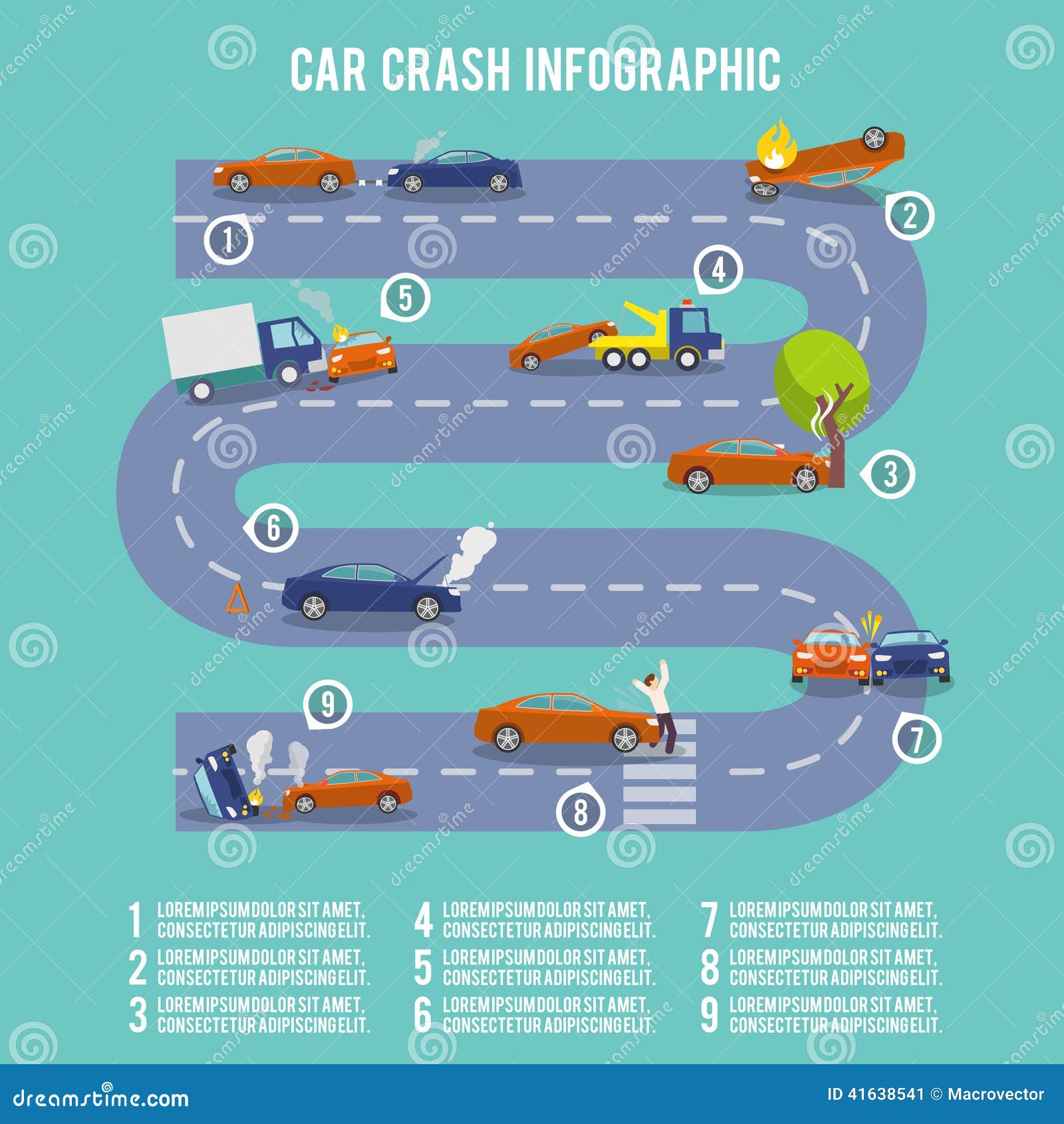Decoding The Value Of Your Vehicle'S Caution Indicators
Decoding The Value Of Your Vehicle'S Caution Indicators
Blog Article
Short Article Produced By-McKee Boyer
When you lag the wheel, those radiant caution lights on your control panel can be a bit puzzling. Do you understand what they're trying to tell you concerning your car's health? Comprehending the significance of these lights is essential for your security and the long life of your vehicle. So, the following time among those lights turns up, wouldn't you intend to understand its message properly and take the essential actions to address it?
Common Caution Lights and Interpretations
Determine usual warning lights in your cars and truck and recognize their definitions to ensure safe driving.
One of the most regular warning lights consist of the check engine light, which signifies concerns with the engine or discharges system. If this light comes on, it's vital to have your automobile checked immediately.
The oil pressure warning light shows low oil pressure, requiring prompt focus to avoid engine damages.
A flashing battery light could recommend a faulty billing system, possibly leaving you stranded otherwise attended to.
The tire stress tracking system (TPMS) light notifies you to reduced tire stress, influencing car stability and fuel performance. Neglecting this might bring about dangerous driving conditions.
The abdominal light suggests a trouble with the anti-lock stopping system, jeopardizing your capacity to quit swiftly in emergency situations.
Last but not least, the coolant temperature cautioning light warns of engine overheating, which can lead to extreme damage otherwise solved swiftly.
Understanding these typical caution lights will aid you address issues promptly and keep secure driving problems.
Significance of Prompt Attention
Understanding the typical caution lights in your auto is only the first step; the value of without delay resolving these cautions can not be stressed enough to ensure your safety and security on the road.
When a caution light brightens on your control panel, it's your car's method of connecting a possible concern that needs attention. Neglecting these warnings can cause extra extreme issues in the future, jeopardizing your safety and possibly costing you a lot more out of commission.
Prompt interest to cautioning lights can avoid break downs and mishaps. For example, a blinking check engine light can show a misfire that, if left unattended, might trigger damages to the catalytic converter. Addressing this without delay can conserve you from an expensive repair work.
Similarly, a brake system cautioning light could signify low brake fluid or worn brake pads, critical parts for your safety when driving.
Do It Yourself Troubleshooting Tips
If you see a warning light on your dashboard, there are a few DIY troubleshooting pointers you can try prior to seeking expert assistance.
The very first step is to consult your car's manual to comprehend what the specific warning light indicates. Often https://thenewswheel.com/5-effective-ways-to-keep-your-car-in-good-condition/ can be as straightforward as a loosened gas cap causing the check engine light. Tightening up the gas cap may settle the trouble.
Another usual problem is a reduced battery, which can set off numerous warning lights. Examining https://brakeshopnearme52839.bleepblogs.com/28190976/absence-of-normal-maintenance-can-result-in-costly-repair-work-and-compromise-your-security-on-the-road-find-out-why-it-s-essential-to-remain-on-top-of-it for rust and ensuring they're safe may deal with the trouble.
If a warning light persists, you can attempt resetting it by disconnecting the auto's battery for a few minutes and afterwards reconnecting it. Furthermore, checking your vehicle's liquid levels, such as oil, coolant, and brake liquid, can assist fix alerting lights connected to these systems.
Conclusion
In conclusion, recognizing your vehicle's warning lights is important for maintaining your automobile running smoothly and securely. By without delay addressing these informs and recognizing what they imply, you can avoid pricey repair work and potential break downs.
Keep in mind to consult your vehicle's manual for particular information on each cautioning light and take action accordingly to make sure a trouble-free driving experience.
Keep informed, stay secure when traveling!
